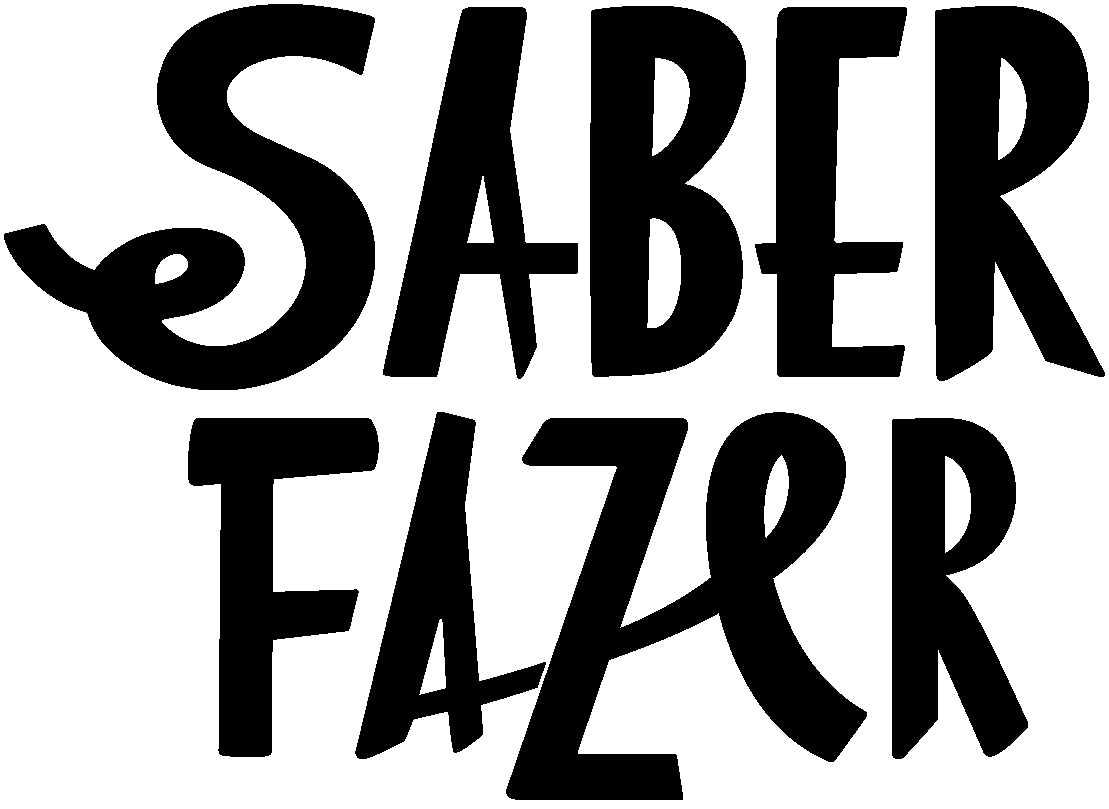Velos e mais velos de lã portuguesa
Algumas mechas de lã das Bordaleiras de Entre Douro e Minho cá de Serralves. / A few locks from the Bordaleira Entre Douro e Minho sheep that live here in Serralves.
A Isabel a segurar uma pequena amostra da Churra Badana. / Isabel holding a small sample of the Churra Badana, one of the longwool breeds we have.
O velo da Churra Galega Mirandesa, que bem se destacou entre todas as outras churras que nos chegaram. / The fleece from the Churra Galega Mirandesa breed, that stuck out from all the other churras we got.
As amostras de todas as lãs em bruto, já separadas e identificadas. / The samples from the fleeces from all our national wools, properly separated and identified.
Deitamos mãos à obra e abrimos todas as embalagens que me tinham vindo a chegar durante semanas, para analisar e separar. Das Churras transmontanas às Algarvias, passando por diversas merinas, saloias e bordaleiras, foi um prazer ver e tocar em todas estas lãs nacionais pela primeira vez.
Os velos vinham em diferentes estados de armazenamento e limpeza, claro. Não nos podemos esquecer que a maior parte das nossas raças não têm como vocação principal a produção de lã e que, por isso, não é de estranhar que alguns velos nos cheguem incrivelmente sujos, com os duplos cortes típicos de uma tosquia mal feita ou mal enrolados. Por isso, grande parte do tempo foi gasto a fazer a desbordagem dos que vinham mais sujos, já que para a maior parte das raças pedi mais que um velo, e precisávamos de os voltar a armazenar de forma correcta para usar mais tarde.
Pudemos verificar que as churras conseguem ser bastante diferentes entre si, ficamos surpreendidas com a lã da Saloia (que nenhuma de nós havia ainda experimentado) e eu voltei a confirmar que a Bordaleira Entre Douro e Minho é completamente subestimada (o Martin já tinha comentado, após a nossa tosquia, que a achava uma lã bem interessante).
Do dia de trabalho resultaram mais de 15 embalagens, que contêm as amostras que seleccionámos para serem trabalhadas, devidamente separadas e identificadas.
Parte do trabalho vai prosseguir agora com a Guida Fonseca e a Isabel Cartaxo, em Viana do Alentejo, que vão trabalhar e analisar todas estas lãs pela primeira vez.
--
[03.07.2015 / Este post refere-se à investigação e actividades desenvolvidas no âmbito do programa Saber Fazer em Serralves ]
Fleeces and more fleeces of portuguese wool
We started by opening all the packages that had been arriving for the last weeks, to analyse and separate all the wools. From the Trás-os-Montes Churras to the Algarve Churra, from the several merinos, the Saloias and Bordaleiras, it was a real pleasure to get to see and touch all these wools for the first time.
The fleeces arrived in very different conditions of dirtiness and storage, of course. We can't forget that most of sheep breeds in Portugal aren't raised for fiber purposes, and so it is perfectly normal that the fleeces arrive incredibly dirty, with second cuts from a bad shearing or not stored properly. So, a large portion of the time was spent skirting the fleeces, because I had asked for more than one fleece for each breed, and we needed to restore them properly for later use.
We could see how different our Churras are from each other, the wool from the Saloia surprised us (none of us had seen or touched Saloia before) and I confirmed, once again, that the wool from the Bordaleira entre Douro e Minho is underestimated (Martin had already mentioned, after the shearing, that he found this wool very interesting).
At the end of the day, we gathered more that 15 bags containing the samples selected to be processed.
Part of the work will now proceed in the hands of Guida Fonseca and Isabel Cartaxo, in Viana do Alentejo, where they will be processing, using and analysing these wools for the very first time.
--
[03.07.2015 / This post refers to the investigation and activities developed during the Saber Fazer em Serralves program]






